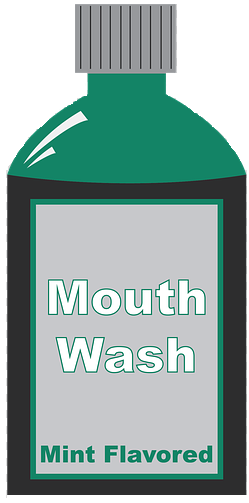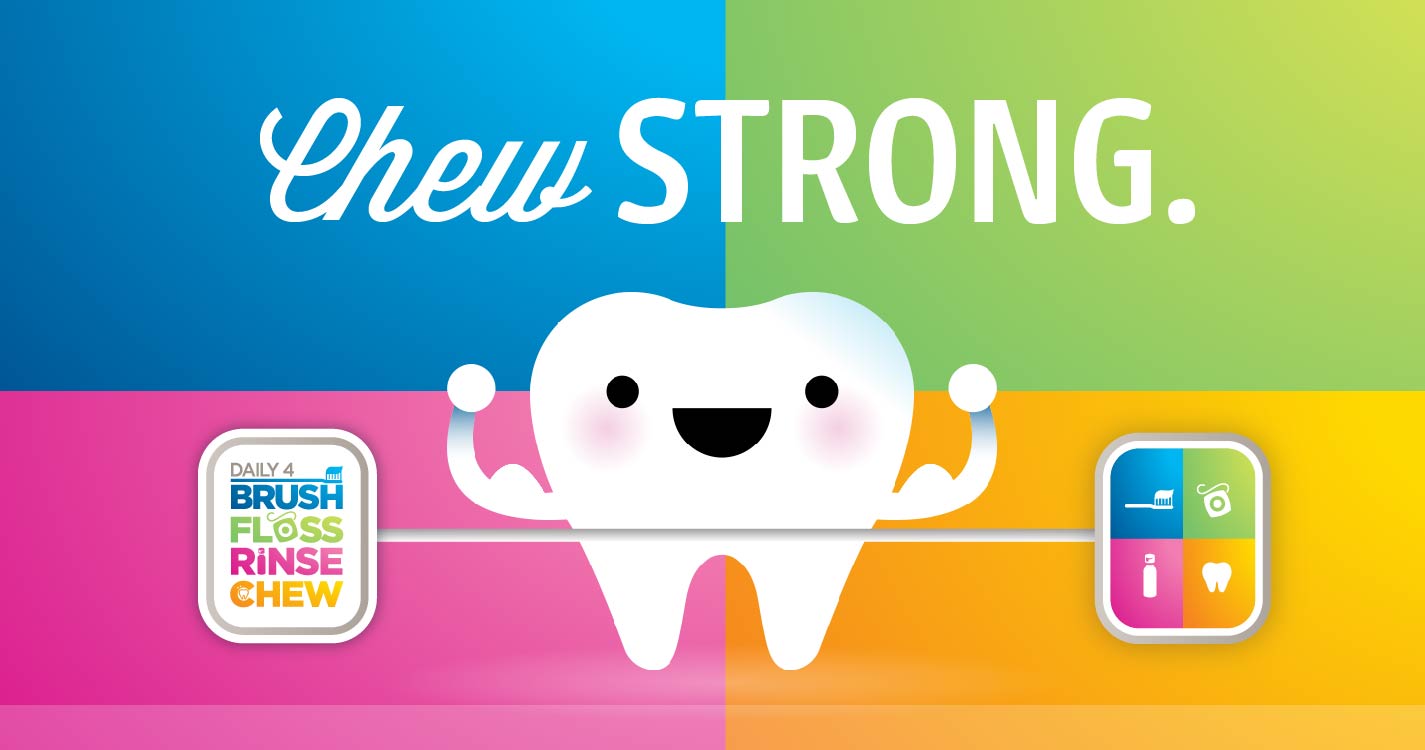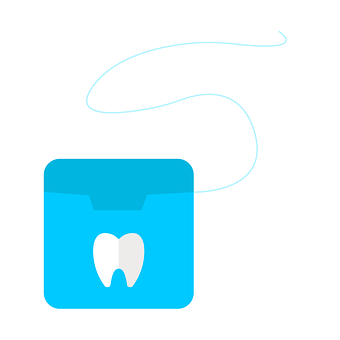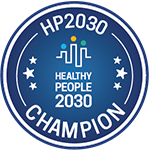
Contact our PIO directly to share health news.

770.339.4260
Tips and Tricks for Dental Hygiene Awareness Month
Brush
Research shows that brushing for two minutes is the single most important method for decreasing plaque and preventing cavities, gingivitis and other plaque-related diseases. Brushing for two minutes twice a day is crucial to maintaining healthy smiles.
Tip: Remember to replace your toothbrush every three to four months. Microbes on old toothbrush can cause cold and flu viruses, the herpes virus that causes cold sores, and bacteria that can cause periodontal infections.
Trick: Play a song for your young one and have them brush till the song is over.
Floss/Interdental Cleaners
Flossing is an essential part of the tooth-cleaning process because it removes plaque from between teeth and at the gumline, where periodontal disease often begins.
While floss is a flexible strand, other interdental cleaners specifically made for this purpose include dental picks, pre-threaded flossers, tiny brushes that reach between the teeth, water flossers, or wooden plaque removers.
Tip: The ADA recommends brushing twice a day and cleaning between teeth with floss (or another interdental cleaner) once a day.
Trick: Try Text2Floss to make flossing more fun for you and your kids.
Rinse
When it come s to oral health, teeth make up 20% of the mouth. While it’s important to brush and floss, it is also important to clean areas that aren’t always reached by toothbrush and floss. The saliva, tongue, and oral mucosa can serve as placeholders for bacteria. Which is why, using an antiseptic mouth wash can affect the entire mouth which can be missed by tooth brushing and/or flossing. This doesn’t mean that you should rinse your mouth instead of tooth brushing or flossing, but incorporate it into your oral hygiene routine!
s to oral health, teeth make up 20% of the mouth. While it’s important to brush and floss, it is also important to clean areas that aren’t always reached by toothbrush and floss. The saliva, tongue, and oral mucosa can serve as placeholders for bacteria. Which is why, using an antiseptic mouth wash can affect the entire mouth which can be missed by tooth brushing and/or flossing. This doesn’t mean that you should rinse your mouth instead of tooth brushing or flossing, but incorporate it into your oral hygiene routine!
Tip: Kids under 6 should not use mouth wash, unless directed by a dentist.
Trick: Out of mouth rinse? Try making a Salt Water Mouth Rinse instead.
Chew
 Chewing gum in various forms has been around since ancient times when it was derived from tree saps. Nowadays, the base used for most gum products is a blend of synthetic materials (elastomers, resins and waxes in various proportions). And it can actually protect your teeth if its sugar free. This is how it works – chewing increases salivary flow in the mouth which neutralizes and washes away bacteria producing acids which are harmful to your teeth. The American Dental Association recognizes chewing gum as beneficial for your teeth.
Chewing gum in various forms has been around since ancient times when it was derived from tree saps. Nowadays, the base used for most gum products is a blend of synthetic materials (elastomers, resins and waxes in various proportions). And it can actually protect your teeth if its sugar free. This is how it works – chewing increases salivary flow in the mouth which neutralizes and washes away bacteria producing acids which are harmful to your teeth. The American Dental Association recognizes chewing gum as beneficial for your teeth.
Tip: Look for chewing gum that carries the ADA seal to make sure that the gum meets the ADA standards for safety and effectiveness.
Trick: Don’t carry a toothbrush or floss with you? Keep gum on you and chew between meals to wash away food and other debris.
Helpful Links
Contact our PIO directly to share health news.





